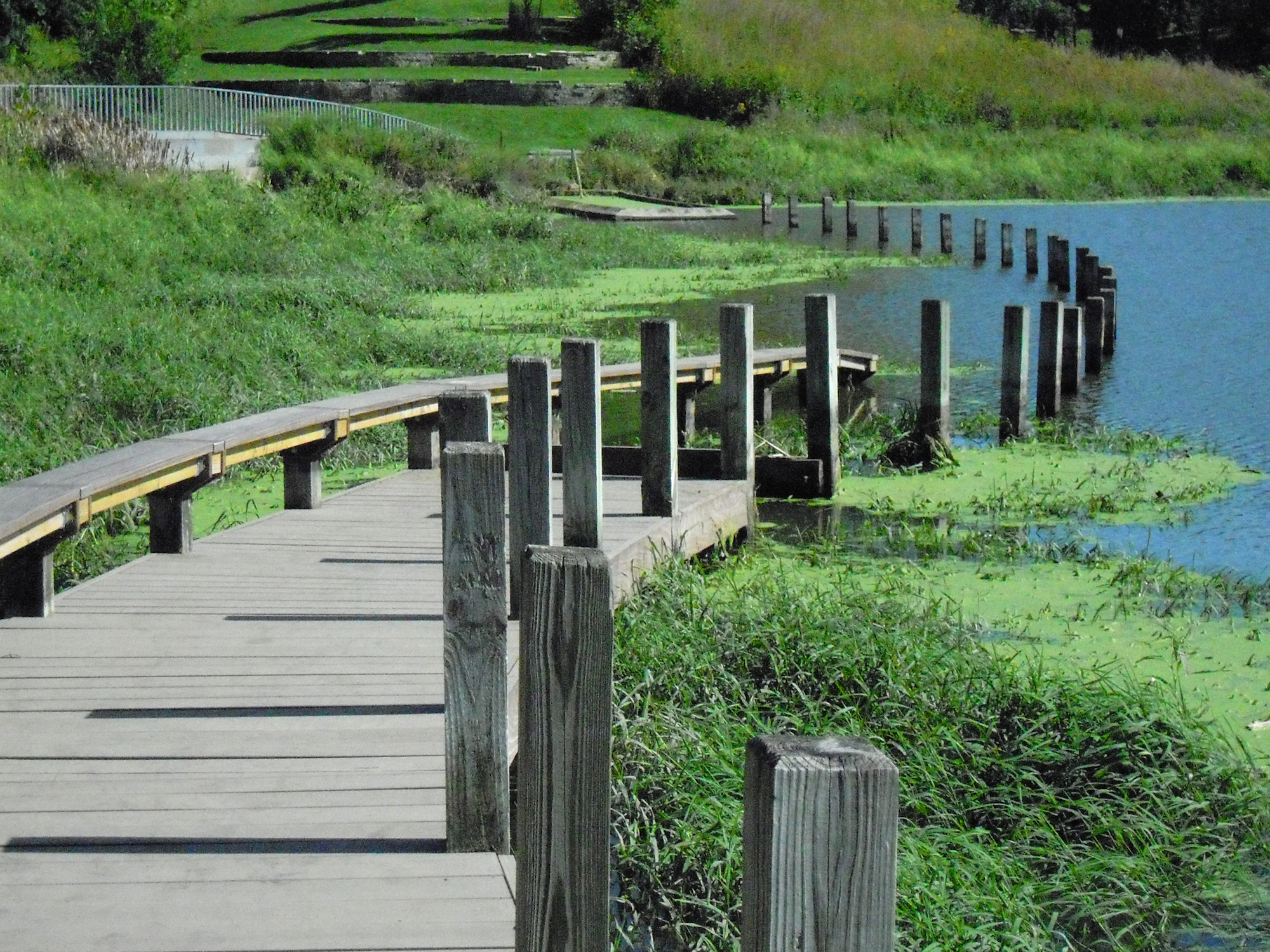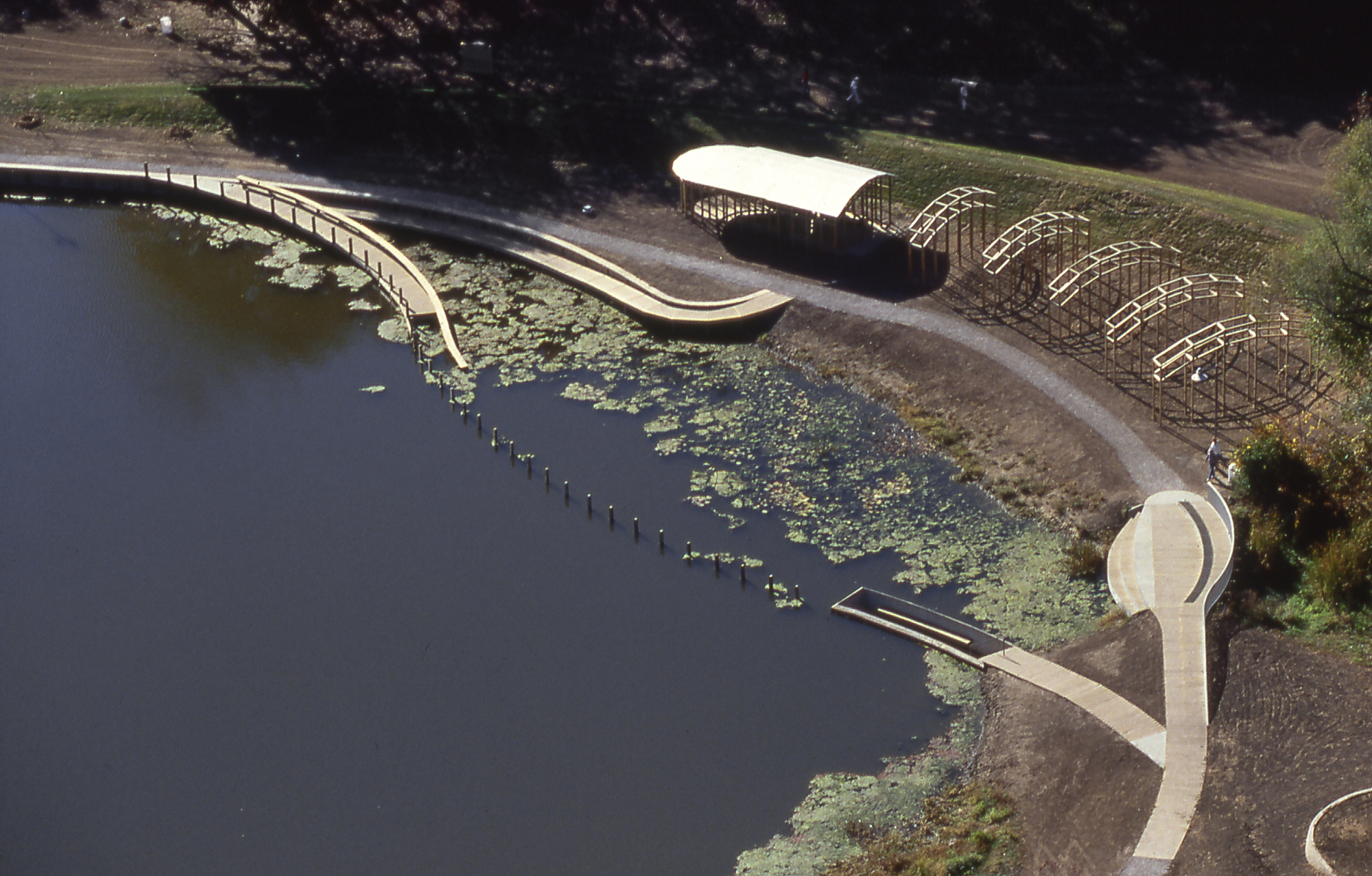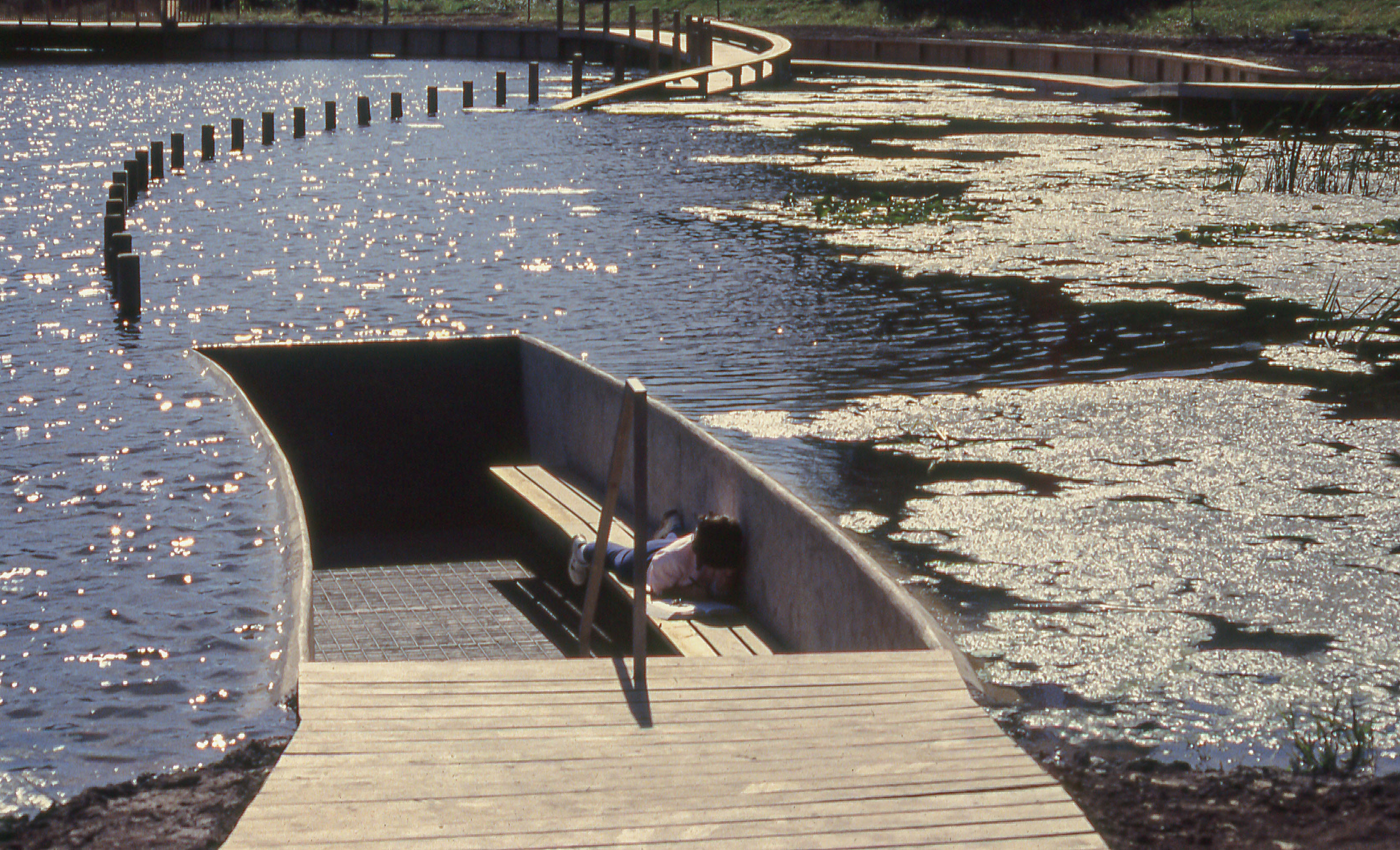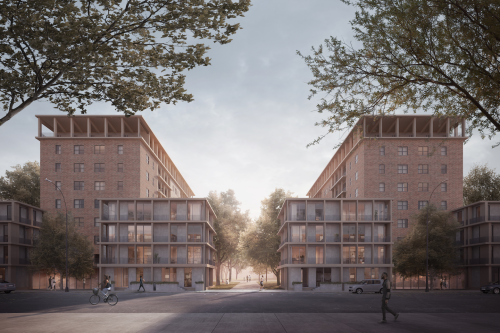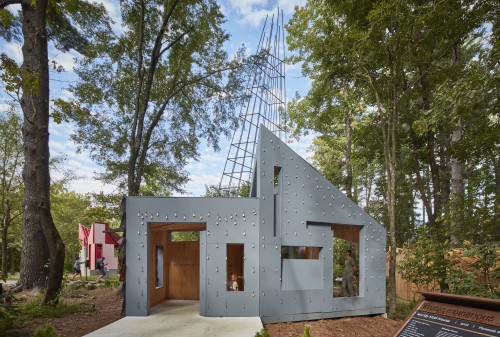DATE↓
STORY TYPE↓
AUTHOR↓
10
THE BUILT ENVIRONMENT
05.13.2024
20240513
The Perils of the Landscapes We Make
by Karrie Jacobs

10
PERSPECTIVE
05.06.2024
20240506
Using Simple Tools as a Radical Act of Independence
by Jarrett Fuller

9
PERSPECTIVE
04.29.2024
20240429
Why Can’t I Just Go Home?
by Eva Hagberg
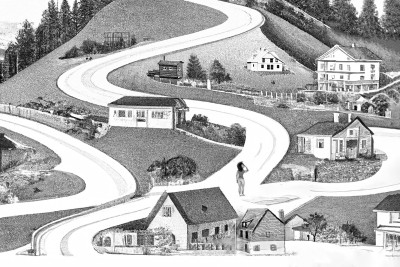
9
THE BUILT ENVIRONMENT
04.22.2024
20240422
Why Did Our Homes Stop Evolving?
by George Kafka
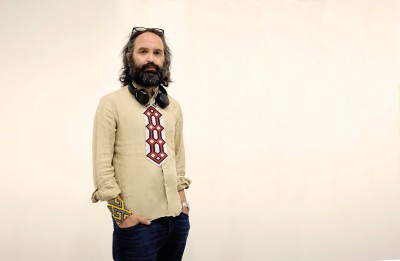
9
ROUNDTABLE
04.08.2024
20240408
Spaces Where the Body Is a Vital Force
by Tiffany Jow
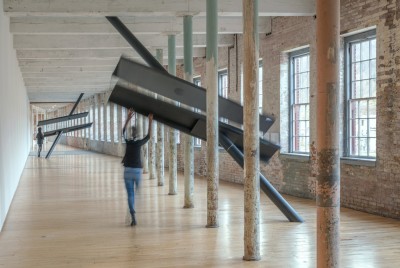
9
BOOK REVIEW
04.01.2024
20240401
Tracing the Agency of Women as Users and Experts of Architecture
by Mimi Zeiger
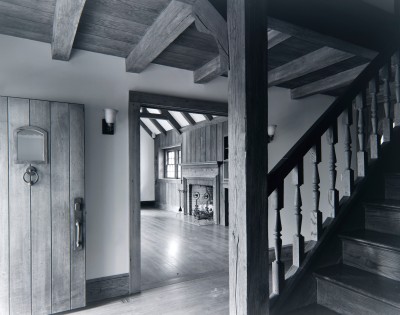
9
PERSPECTIVE
03.25.2024
20240325
Are You Sitting in a Non-Place?
by Mzwakhe Ndlovu

9
ROUNDTABLE
03.11.2024
20240311
At Home, Connecting in Place
by Marianela D’Aprile
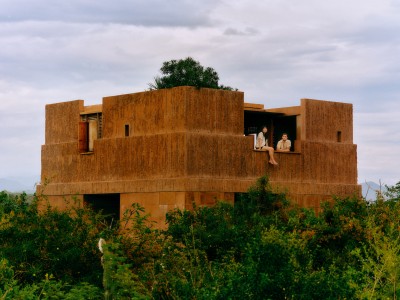
9
PERSPECTIVE
03.04.2024
20240304
VALIE EXPORT’s Tactical Urbanism
by Alissa Walker
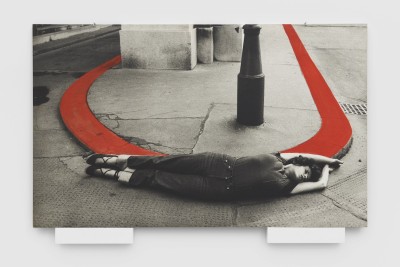
8
PERSPECTIVE
02.26.2024
20240226
What the “Whole Earth Catalog” Taught Me About Building Utopias
by Anjulie Rao

8
THE BUILT ENVIRONMENT
02.19.2024
20240219
How a Run-Down District in London Became a Model for Neighborhood Revitalization
by Ellen Peirson
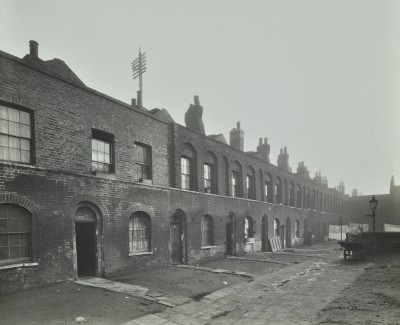
8
THE BUILT ENVIRONMENT
02.12.2024
20240212
In Brooklyn, Housing That Defies the Status Quo
by Gideon Fink Shapiro
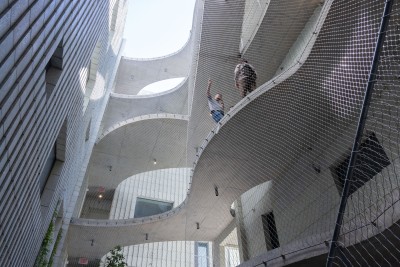
8
PERSPECTIVE
02.05.2024
20240205
That “Net-Zero” Home Is Probably Living a Lie
by Fred A. Bernstein

8
PERSPECTIVE
01.22.2024
20240122
The Virtue of Corporate Architecture Firms
by Kate Wagner
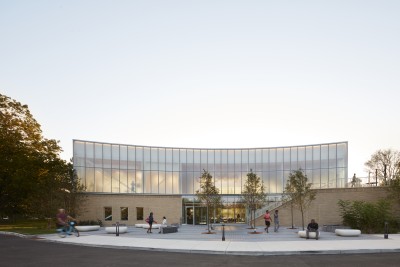
8
PERSPECTIVE
01.16.2024
20240116
How Infrastructure Shapes Us
by Deb Chachra
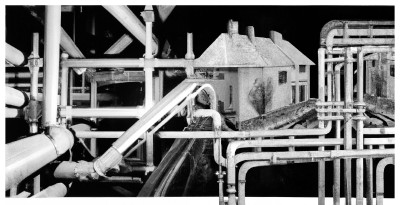
8
THE BUILT ENVIRONMENT
01.08.2024
20240108
The Defiance of Desire Lines
by Jim Stephenson
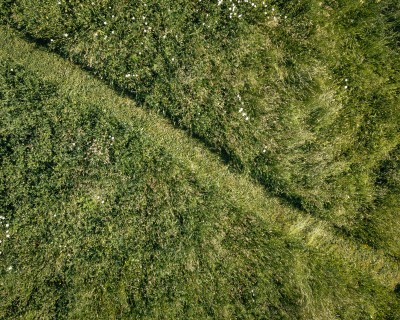
7
THE BUILT ENVIRONMENT
12.18.2023
20231218
This House Is Related to You and to Your Nonhuman Relatives
by Sebastián López Cardozo
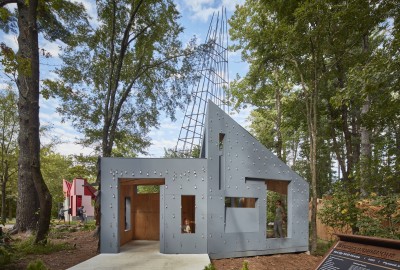
7
THE BUILT ENVIRONMENT
12.11.2023
20231211
What’s the Point of the Plus Pool?
by Ian Volner
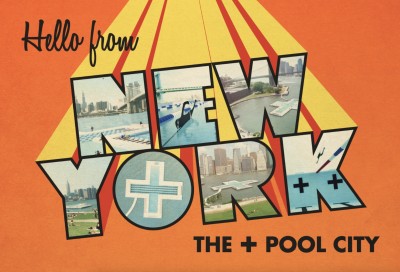
7
BOOK REVIEW
12.04.2023
20231204
The Extraordinary Link Between Aerobics and Architecture
by Jarrett Fuller
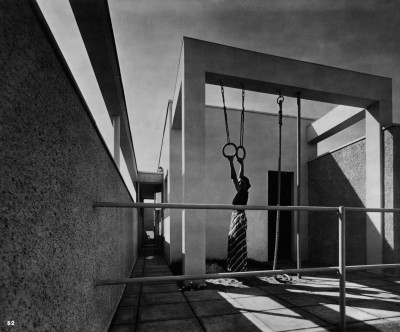
7
PERSPECTIVE
11.27.2023
20231127
Architecture That Promotes Healing and Fortifies Us for Action
by Kathryn O’Rourke
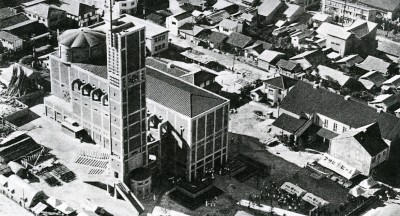
7
objects and things
11.06.2023
20231106
How to Design for Experience
by Diana Budds
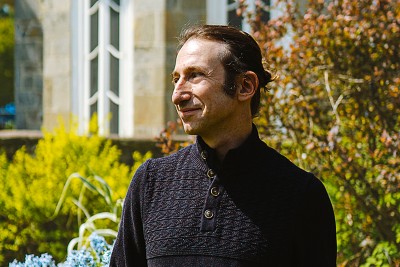
7
CHRONICLES OF CULTURE
10.30.2023
20231030
The Meaty Objects at Marta
by Jonathan Griffin
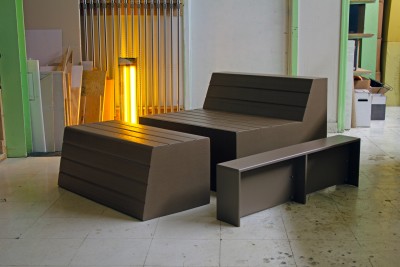
6
OBJECTS AND THINGS
10.23.2023
20231023
How Oliver Grabes Led Braun Back to Its Roots
by Marianela D’Aprile

6
THE BUILT ENVIRONMENT
10.16.2023
20231016
Can Adaptive Reuse Fuel Equitable Revitalization?
by Clayton Page Aldern
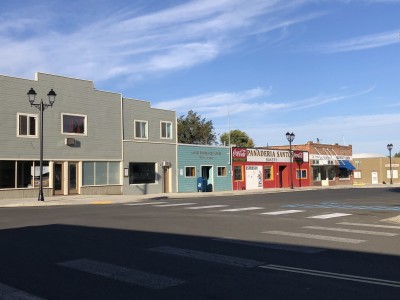
6
PERSPECTIVE
10.09.2023
20231009
What’s the Point of a Tiny Home?
by Mimi Zeiger
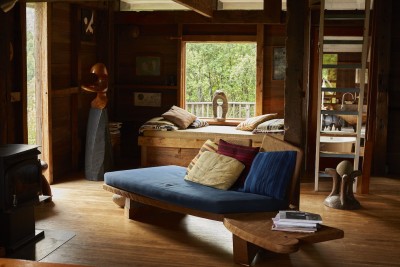
6
CHRONICLES OF CULTURE
10.02.2023
20231002
A Book Where Torn-Paper Blobs Convey Big Ideas
by Julie Lasky

6
THE BUILT ENVIRONMENT
09.24.2023
20230924
The Architecture of Doing Nothing
by Edwin Heathcote
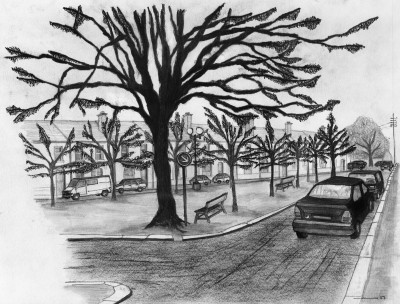
6
BOOK REVIEW
09.18.2023
20230918
What the “Liebes Look” Says About Dorothy Liebes
by Debika Ray

6
OBJECTS AND THINGS
09.11.2023
20230911
Roy McMakin’s Overpowering Simplicity
by Eva Hagberg

6
OBJECTS AND THINGS
09.05.2023
20230905
Minimalism’s Specific Objecthood, Interpreted by Designers of Today
by Glenn Adamson
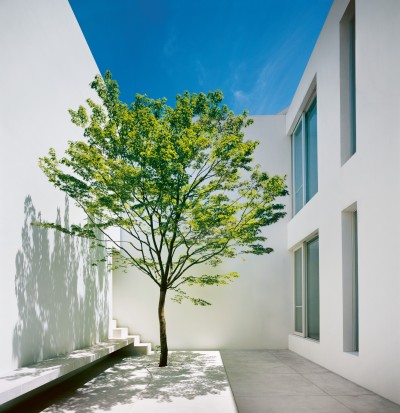
5
ROUNDTABLE
08.28.2023
20230828
How Joan Jonas and Eiko Otake Navigate Transition
by Siobhan Burke
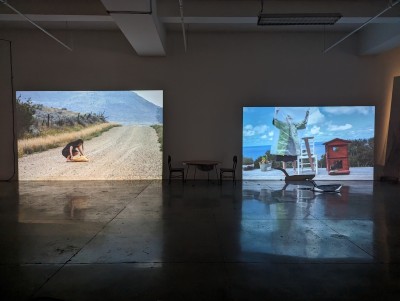
5
OBJECTS AND THINGS
08.21.2023
20230821
The Future-Proofing Work of Design-Brand Archivists
by Adrian Madlener

5
THE BUILT ENVIRONMENT
08.14.2023
20230814
Can a Church Solve Canada’s Housing Crisis?
by Alex Bozikovic
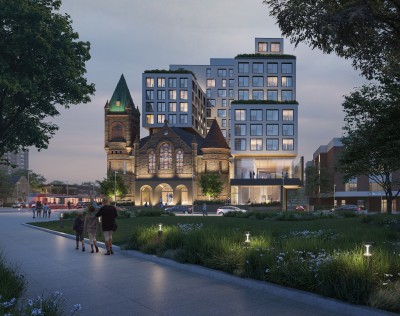
5
CHRONICLES OF CULTURE
08.07.2023
20230807
In Search of Healing, Helen Cammock Confronts the Past
by Jesse Dorris
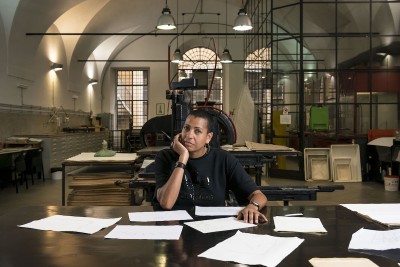
5
THE BUILT ENVIRONMENT
07.31.2023
20230731
What Dead Malls, Office Parks, and Big-Box Stores Can Do for Housing
by Ian Volner
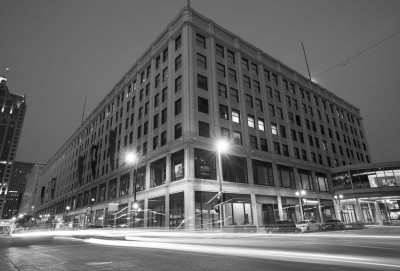
5
PERSPECTIVE
07.24.2023
20230724
A Righteous Way to Solve “Wicked” Problems
by Susan Yelavich

5
CHRONICLES OF CULTURE
07.17.2023
20230717
Making a Mess, with a Higher Purpose
by Andrew Russeth
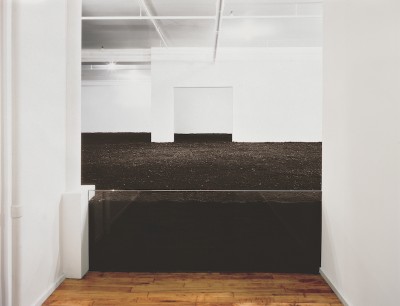
5
ROUNDTABLE
07.10.2023
20230710
How to Emerge from a Starchitect’s Shadow
by Cynthia Rosenfeld
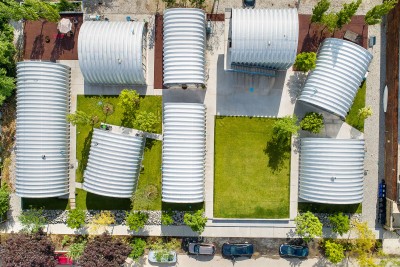
4
THE BUILT ENVIRONMENT
06.26.2023
20230626
There Is No One-Size-Fits-All in Architecture
by Marianela D’Aprile

4
THE BUILT ENVIRONMENT
06.19.2023
20230619
How Time Shapes Amin Taha’s Unconventionally Handsome Buildings
by George Kafka
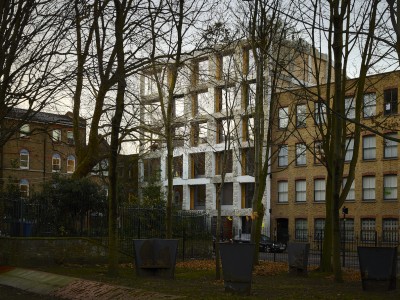
4
SHOW AND TELL
06.12.2023
20230612
Seeing and Being Seen in JEB’s Radical Archive of Lesbian Photography
by Svetlana Kitto

4
PERSPECTIVE
06.05.2023
20230605
In Built Environments, Planting Where It Matters Most
by Karrie Jacobs
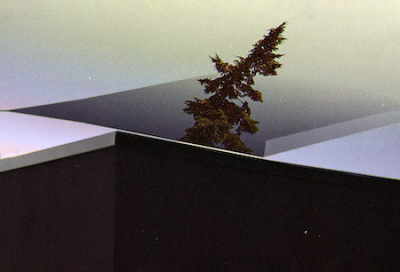
3
PERSPECTIVE
05.30.2023
20230530
On the Home Front, a Latine Aesthetic’s Ordinary Exuberance
by Anjulie Rao
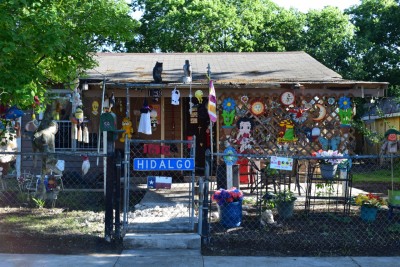
3
PERSPECTIVE
05.21.2023
20230521
For a Selfie (and Enlightenment), Make a Pilgrimage to Bridge No. 3
by Alexandra Lange
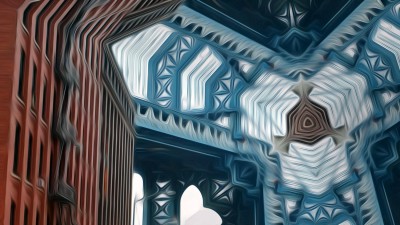
3
THE BUILT ENVIRONMENT
05.08.2023
20230508
The Building Materials of the Future Might Be Growing in Your Backyard
by Marianna Janowicz
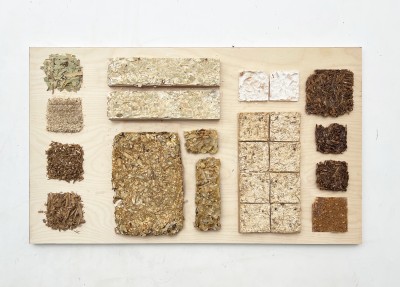
3
BOOK REVIEW
05.01.2023
20230501
Moving Beyond the “Fetishisation of the Forest”
by Edwin Heathcote
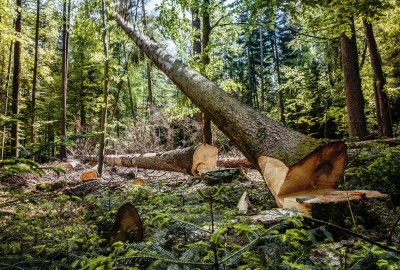
2
ROUNDTABLE
04.24.2023
20230424
Is Craft Still Synonymous with the Hand?
by Tiffany Jow

2
OBJECTS AND THINGS
04.17.2023
20230417
A Historian Debunks Myths About Lacemaking, On LaceTok and IRL
by Julie Lasky

2
THE BUILT ENVIRONMENT
04.10.2023
20230410
How AI Helps Architects Design, and Refine, Their Buildings
by Ian Volner
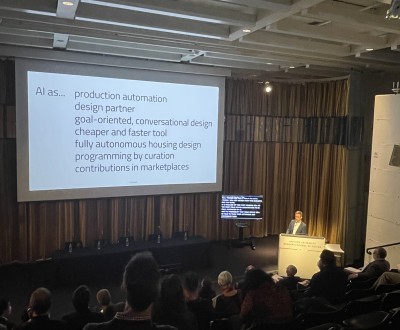
2
SHOW AND TELL
04.03.2023
20230403
Merging Computer and Loom, a Septuagenarian Artist Weaves Her View of the World
by Francesca Perry
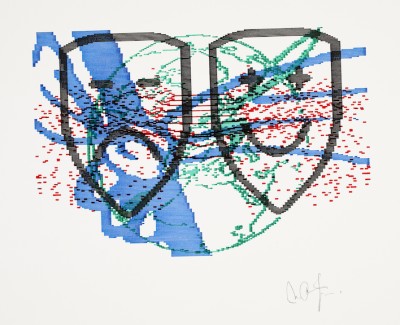
1
THE BUILT ENVIRONMENT
03.27.2023
20230327
Words That Impede Architecture, According to Reinier de Graaf
by Osman Can Yerebakan

1
CHRONICLES OF CULTURE
03.20.2023
20230320
Painting With Plaster, Monica Curiel Finds a Release
by Andrew Russeth
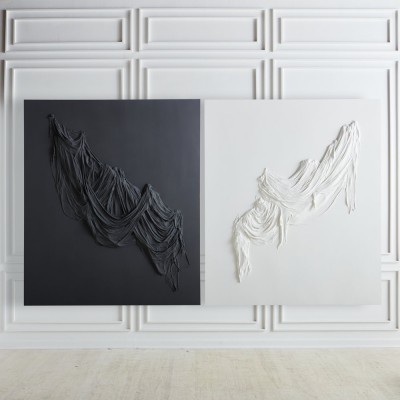
1
PERSPECTIVE
03.13.2023
20230313
Rules and Roles in Life, Love, and Architecture
by Eva Hagberg

1
Roundtable
03.06.2023
20230306
A Design Movement That Pushes Beyond Architecture’s Limitations
by Tiffany Jow

0
THE BUILT ENVIRONMENT
02.07.2023
20230207
To Improve the Future of Public Housing, This Architecture Firm Looks to the Past
by Ian Volner
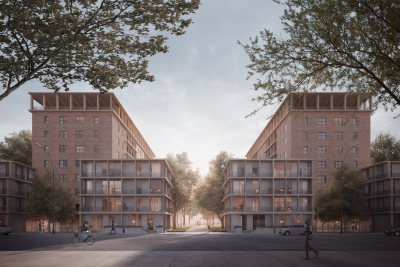
0
PERSPECTIVE
02.07.2023
20230207
The Radical Potential of “Prime Objects”
by Glenn Adamson

0
SHOW AND TELL
02.20.2023
20230220
Xiyadie’s Queer Cosmos
by Xin Wang

0
CHRONICLES OF CULTURE
02.13.2023
20230213
How Michael J. Love’s Subversive Tap Dancing Steps Forward
by Jesse Dorris
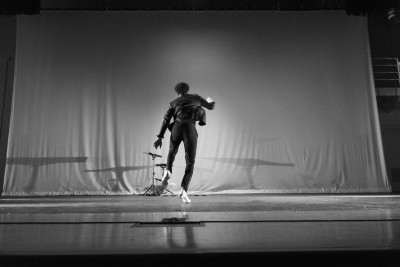
0
SHOW AND TELL
02.07.2023
20230207
Finding Healing and Transformation Through Good Black Art
by Folasade Ologundudu

0
BOOK REVIEW
02.13.2023
20230213
How Stephen Burks “Future-Proofs” Craft
by Francesca Perry
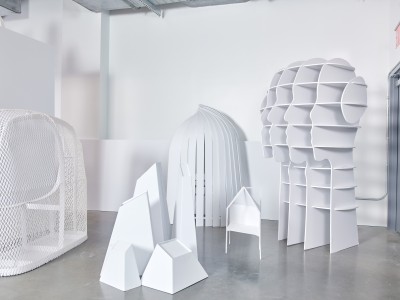
0
ROUNDTABLE
02.27.2023
20230227
Making Use of End Users’ Indispensable Wisdom
by Tiffany Jow

0
OBJECTS AND THINGS
02.07.2023
20230207
The New Lessons Architect Steven Harris Learns from Driving Old Porsches
by Jonathan Schultz

0
PERSPECTIVE
02.07.2023
20230207
The Day Architecture Stopped
by Kate Wagner
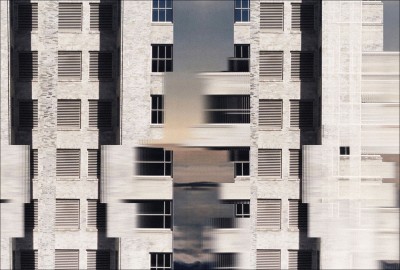
0
OBJECTS AND THINGS
02.07.2023
20230207
The Overlooked Potential of Everyday Objects
by Adrian Madlener

0
ROUNDTABLE
02.07.2023
20230207
A Conversation About Generalists, Velocity, and the Source of Innovation
by Tiffany Jow

0
OBJECTS AND THINGS
02.07.2023
20230207
Using a Fungi-Infused Paste, Blast Studio Turns Trash Into Treasure
by Natalia Rachlin
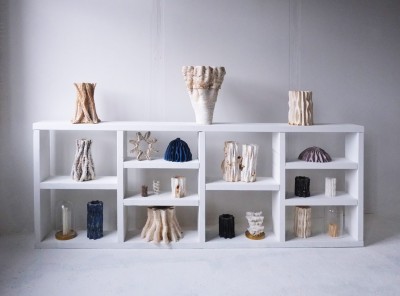
Untapped is published by the design company Henrybuilt.



